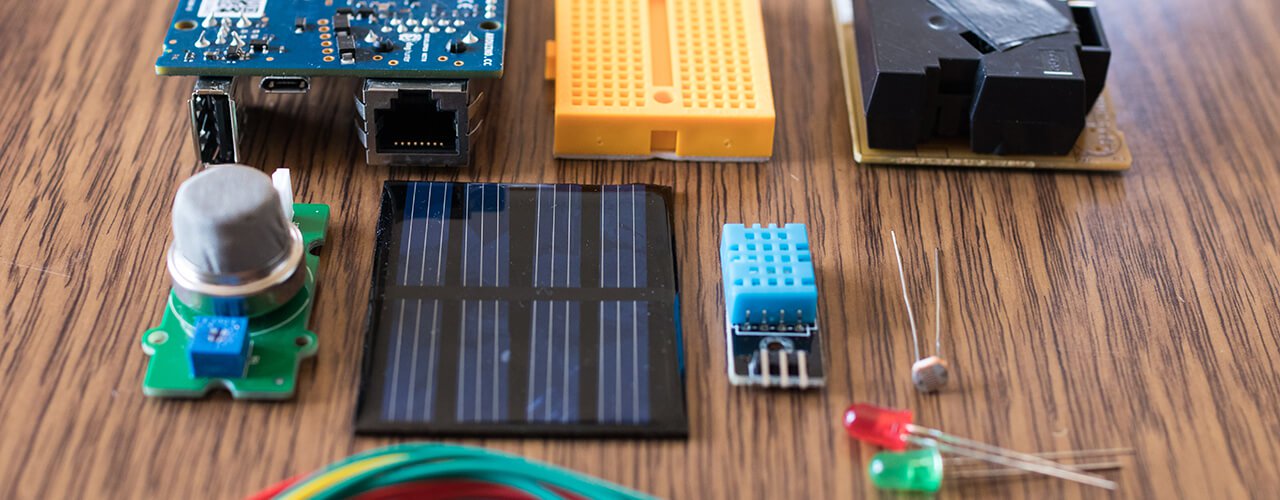With more than one-third of the US population being part of the gig economy, we can safely say that freelancing and remote working are on the rise. In fact, experts proclaim that this number will double by 2028, as freelancing will slowly but surely become the new norm in the workforce. This group of independent workers prefers and values one thing above everything else: flexibility.
To meet this newfound need for flexible working conditions, two new types of work places were born: coworking hubs and makerspaces. While both cater to the same core audience (freelancers), they differ in their main features and target two very different crowds of people.
Have a look at the key characteristics of these two types of working environment, see how they differ from one another and decide which one is the best choice for you and your business:
What is a coworking hub?
Coworking hubs are membership-based shared office spaces, generally boasting an open-concept layout that encourages networking and professional collaborations. These workspaces come with flexible opening times, and people frequenting them do not belong to the same organization but come from diverse companies or run their own businesses.
The goal of coworking offices is to help freelancers combat the loneliness and isolation of solopreneurial life. They also provide a fantastic community atmosphere, where like-minded people can gather, exchange ideas and perhaps even form business partnerships. With a modern, chic interior and fantastic on-site amenities, coworking offices spark creativity in a professional, well-equipped environment.
How exactly does a makerspace work?
Makerspaces, sometimes also referred to as hackerspaces, are somewhat similar to coworking hubs, in that they also attract hordes of like-minded individuals. They are not, however, traditional offices, since they offer a collaborative environment for makers, builders, inventors and creators.
These niched work spaces directly target handcrafters and are equipped to cater to their professional needs. They often come with 3D printers, various tools, instruments, models, machines, software and electronic devices that can come in handy in the “making” process. But besides these features, another extremely important element of hackerspaces is their lifelong-learning mindset.
Educational programs are set up for members, who can learn important techniques so they can immerse themselves in the creative process with more ease. With readily-available materials at hand, makerspaces educate usually within the STEAM subjects (science, technology, engineering, arts and math) and foster a collaborative environment which not only encourages professional partnerships but also helps makers at the beginning of their journey to find their path.
While new coworking hubs seem to pop up on a daily basis, makerspaces are still quite a rarity, with an estimated 500 of them found in the US. But their numbers are increasing and they are definitely an exceptional way to learn the ins and outs of a handcraft business.
Which one is better for you?
The advantage of both these work places is the fact that they are membership-based, which means that you can always move onto the next place if the current one doesn’t suit you. Before signing up, make sure you not only take a tour, but also opt for a couple of drop-ins so you can experience a regular work day firsthand.
While recommendations from peers and glowing online reviews don’t actually hurt, it is of paramount importance to pick the coworking hub or makerspace that is in line with your business and personal needs first and foremost. Analyze them critically, taking into consideration their location, features, amenities and growth opportunities, and make sure they match your professional goals. The intention is to find a “home” for your company, where it can thrive and grow, and to make good use of the many professional opportunities that come your way.









